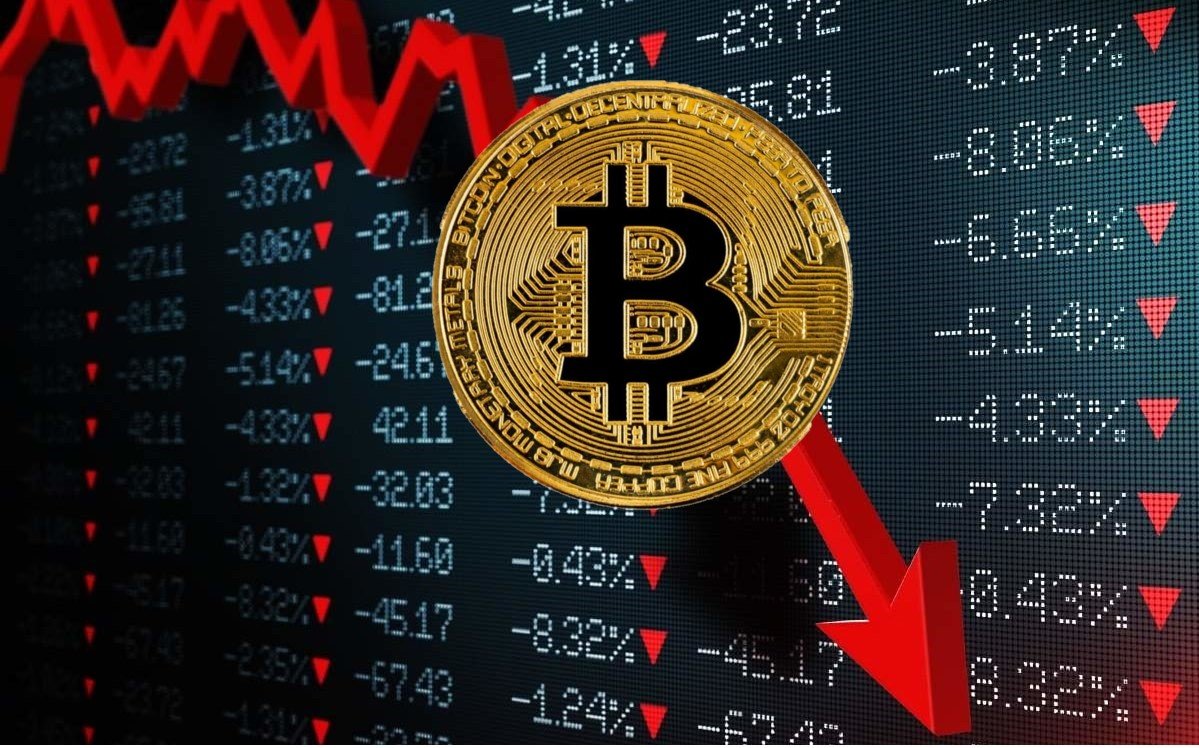Why did Crypto Crash: Understanding the Recent Market Turmoil
By volume the digital market stands at USD 1.19 trillion as on date. Two largest currencies, BTC and ETH are showing little signs of recovery after FTX fail in 2022. Bitcoin at USD 30,500 and Ethereum at USD1,900 is evident enough that after a rough phase of downfall digital currency is consolidating as on date.
Table of Contents
The Factors Contributing to “why did Crypto Crash”
The cryptocurrency market has experienced a significant downturn in recent times, causing panic and concern among investors. Understanding the factors behind the crypto crash can provide valuable insights into the volatile nature of this digital asset class.
Why did Crypto Crash: Market Corrections and Investor Sentiment
One of the primary reasons behind why did crypto crash today is the occurrence of market corrections. Cryptocurrencies, like any other investment, are subject to price fluctuations, and occasionally, these corrections can be severe. Investor sentiment plays a crucial role in exacerbating these downturns, as fear and uncertainty can lead to panic selling and further price declines. It is important to remember that market corrections are a natural part of any financial market, and the cryptocurrency market is no exception.
Why did Crypto Crash: Regulatory Concerns and Government Actions
Another significant factor contributing to the why did crypto crash is regulatory concerns and government actions. Governments around the world are still grappling with how to regulate cryptocurrencies effectively. In some cases, regulatory crackdowns, such as stricter regulations or outright bans on cryptocurrency trading, have negatively impacted market sentiment and triggered sell-offs. Investors are wary of the potential implications of regulatory actions and the uncertainty surrounding future regulations, which can significantly impact the value of cryptocurrencies.
Why did Crypto Crash: Macro-economic Factors and Global Market Volatility
Macro-economic factors and global market volatility can also have a profound impact on the crypto market. Cryptocurrencies, often considered an alternative investment asset, are influenced by broader economic conditions. Factors such as interest rate changes, geopolitical tensions, and global economic uncertainties can cause investors to seek safer investment options, leading to a sell-off in cryptocurrencies. Additionally, global market volatility affects investor confidence, with investors shifting their focus from riskier assets like cryptocurrencies to more stable investment options.
Why did Crypto Crash: The Importance of Fundamental Analysis
In times of a crypto crash, it becomes crucial for investors to understand the importance of fundamental analysis. Fundamental analysis involves evaluating the intrinsic value of a cryptocurrency based on factors such as technology, adoption, team, and market demand. By conducting thorough research and understanding the fundamentals, investors can make informed decisions and potentially identify opportunities amidst market turmoil.
Why did Crypto Crash: Long-Term Perspective and Investment Strategies
Taking a long-term perspective and adopting sound investment strategies can help navigate through crypto crashes. It is important to remember that the cryptocurrency market is highly volatile, and short-term price fluctuations should not overshadow the potential long-term growth of the industry. Diversification, dollar-cost averaging, and setting realistic expectations are essential components of a solid investment strategy that can withstand market volatility.
Diversification: Spreading Risk in a Volatile Market
Diversifying one’s cryptocurrency portfolio is a prudent approach in a volatile market. By spreading investments across different cryptocurrencies and even traditional assets, investors can reduce their exposure to the risk of a single asset or market. Diversification allows for a balance between potential gains and losses, enhancing the overall stability of the portfolio.
Dollar-Cost Averaging: Mitigating the Impact of Price Volatility
Dollar-cost averaging is a strategy where investors consistently invest a fixed amount of money at regular intervals, regardless of the cryptocurrency’s price. This approach helps mitigate the impact of price volatility. When prices are low, investors acquire more units, and when prices are high, they acquire fewer units. Over time, this strategy can result in a favorable average purchase price.
Realistic Expectations: Patience and Understanding the Market Cycle
Having realistic expectations is crucial when investing in cryptocurrencies. Understanding the market cycle, which consists of both bull and bear phases, allows investors to remain patient during periods of price decline. By acknowledging that volatility is an inherent characteristic of the crypto market, investors can avoid making impulsive decisions based on short-term fluctuations.
Conclusion
In conclusion, the recent crypto crash can be attributed to various factors, including market corrections, regulatory concerns, and global market volatility. By understanding these factors and adopting prudent investment strategies, investors can navigate through market downturns and position themselves for potential long-term growth. Diversification, dollar-cost averaging, fundamental analysis, and having realistic expectations are essential elements to weather the storm in the volatile world of cryptocurrencies. Remember, informed decisions and a long-term perspective can help turn a market crash into an opportunity for growth and financial resilience.
What is causing the crypto crash?
There are a number of reasons behind that. Go through above blog and learn in depth.
Will crypto rise again?
Well the entire share market works on supply and demand. So, any drop is a resting place near its historical support. After gaining sufficient volume, most stocks/ crypto rises again. Before you trade go through own logical analysis.

